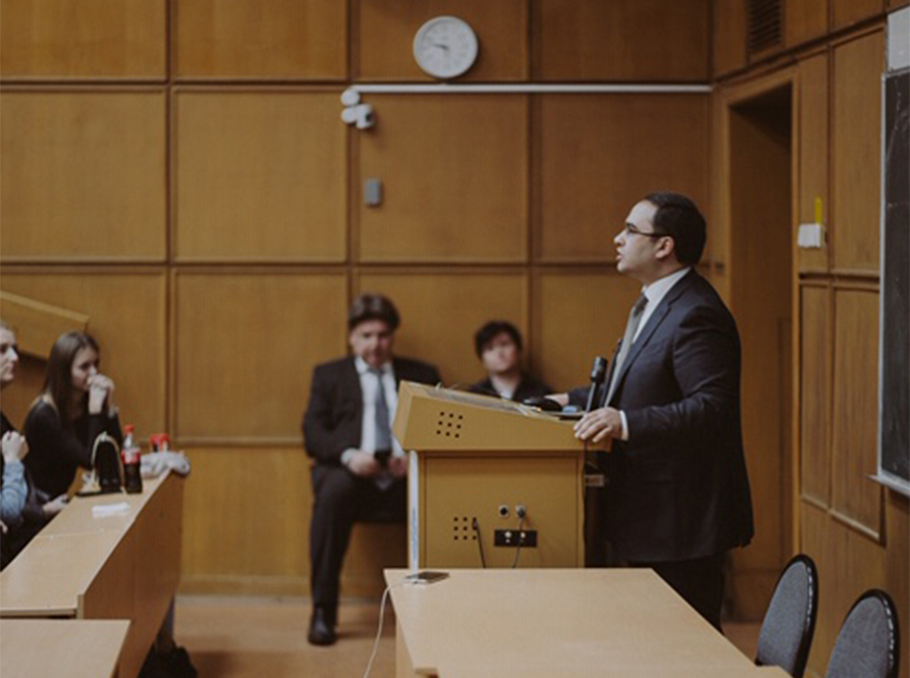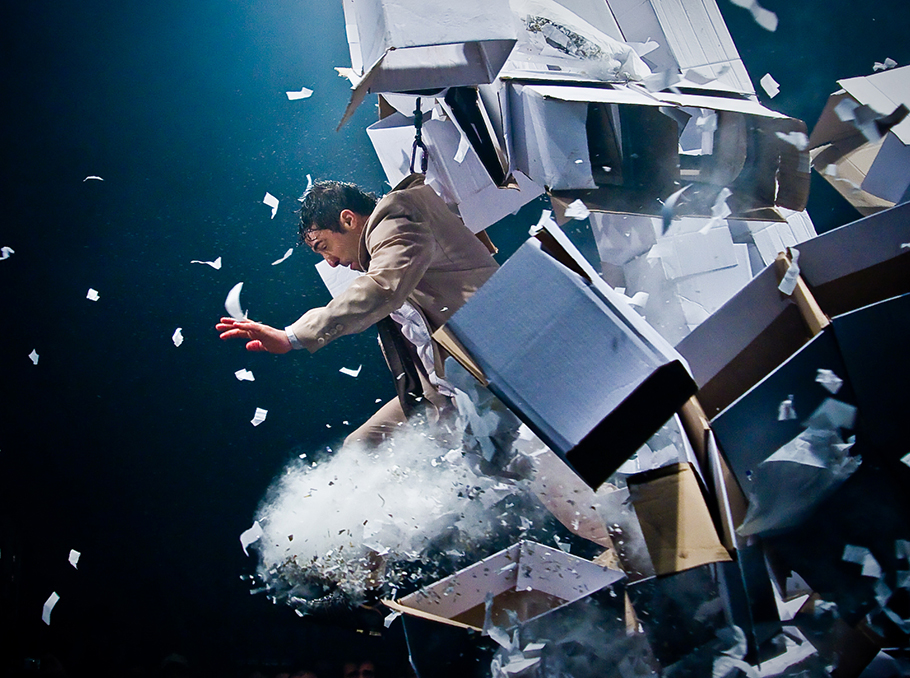As we reported previously, Ph.D. in Political Science Viktor Soghomonyan teaches the special course “Transformation of political meanings in modern mass media” for postgraduate students of the School of International Journalism at Moscow State Institute of International Relations (MGIMO).
Mediamax presents noteworthy parts from two lectures of Victor Soghomonyan.
Today and before
Imagine we are back in 2006. No social networks, no phones with good cameras, and we obtain information mainly from television and newspapers.
Back then, we used to objectify the world through key events that happened in it. The time of broadcasting and the period of “collecting” news especially was heavily limited. A huge team collected information worldwide, working on phones and teletypes, which required a lot of effort and time. There were just a few channels for transfer of information, and on top of that, the moment of receiving it had to coincide with the space of reception.
In other words, you had to be in the right place in the right time - in front of the television set, in the range of radio - or you had to get a newspaper before the batch was sold out.
The criteria of selection
Why were we shown those exact stories? Why were they important and the rest did not make the TV screen or the front pages?
I recommend Gilles Deleuze’s “Cinema”, which is a fantastic book. Michel Foucault once said that the 20th century would be called one day “the century of Deleuze”. What does Deleuze say in “Cinema”? Before the cinema was invented, we only got to see “privileged moments”, photographs, as artwork. Deleuze brings up the example of horses: we only saw gallop in the privileged moments before and we finished the image of a galloping horse in our minds.
Cinema brought us “gallop” that we can see at any time, from any angle.
An example of modern news item
On December 31, 2017 Angela Merkel’s Instagram account posted a new photograph with a caption saying that the Chancellor was about to record the New Year’s address to the public. It could not be a news item just a few years ago. The photo did not even depict the Chancellor, do you see? This is one of the most illustrative examples of modern information space: the is no event, no change, nothing is happening at all, but we are shown it and we consume it as information.
 Victor Soghomonyan
Victor Soghomonyan
Another example: this dog’s name is Blitz and he plays a certain role in briefing the public about the life of the British Prime Minister. Theresa May posted that she met the dog while walking on Downing Street one morning. It is another typical case of modern distribution of information.
Finite provinces of meaning
Finite provinces of meaning is an idea proposed by sociologist Schutz in the 20th century and later developed by his followers Berger and Luckmann.
Theater is the best example of a finite province of meaning. Imagine that you went to see a theater performance and you had an initial understanding of what was going to happen on the stage. You understand it is all conditional; you are watching characters, not people that these actors are off the stage. That entire set of conventions exists in your mind before the performance begins. The same concerns cinema.
Nevertheless, you enter into a certain mode of sympathy, which is typical for finite provinces of meaning. Why are they called so? Because in the given “province”, meaning cannot step beyond specific context.
Snap to your heart’s content
Smartphone has a camera, so you can snap as many pictures as you like. You don’ need a film anymore and the smartphone memory is vast. Snap whatever you like.
Facebook has no criteria for what is important and who is important, who is average and who is outstanding, who has three hands, for the sake of argument, and who is a regular person.
The revolutionary nature of that phenomenon was not obvious at first. Why? Firstly, because social networks were not initially an alternative public space. Secondly, the photos taken by phone were considered amateur and nobody paid them much attention.

Photo: Gustavo Pereira
However, that period was followed by convergence of unofficial and recognized public spaces (social networks and the television, social networks and the papers), and that process ended in a merger. At one point, everyone agreed that something recorded on the phone deserves attention and anyone with a Facebook account has a right to do it. If the user adds a text post, they might get on television.
Thus, everyone obtained a theater of their own with the stage and the audience. Do what you like, show your performance, read you text and get the applause in the form of likes.
The new publicity
We have been given a new publicity. We used to decide if we should publish something, how to do it, which criteria to comply with… Today we live in a well-lit house of glass.
Hannah Arendt once said that privacy means not appearing before others. We have lost that, essentially. People can see when you were last in WhastApp, people get notified when you have read their messages. You become a public person just by creating an account. The only “merit” you need today is an account on social media. The public space has collapsed: the person with account has become “everything”.





















Comments
Dear visitors, You can place your opinion on the material using your Facebook account. Please, be polite and follow our simple rules: you are not allowed to make off - topic comments, place advertisements, use abusive and filthy language. The editorial staff reserves the right to moderate and delete comments in case of breach of the rules.